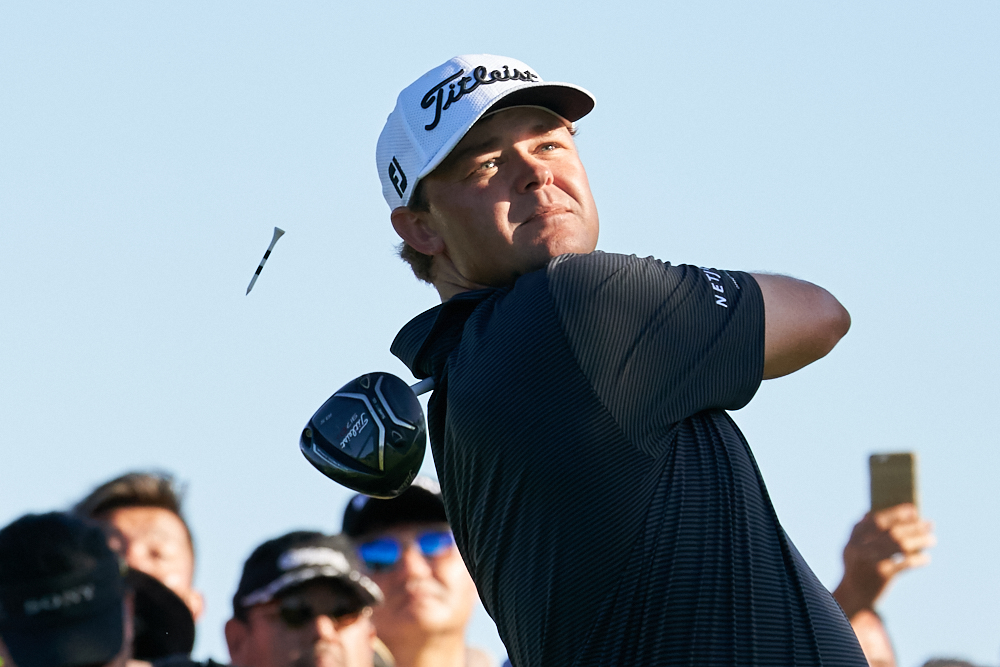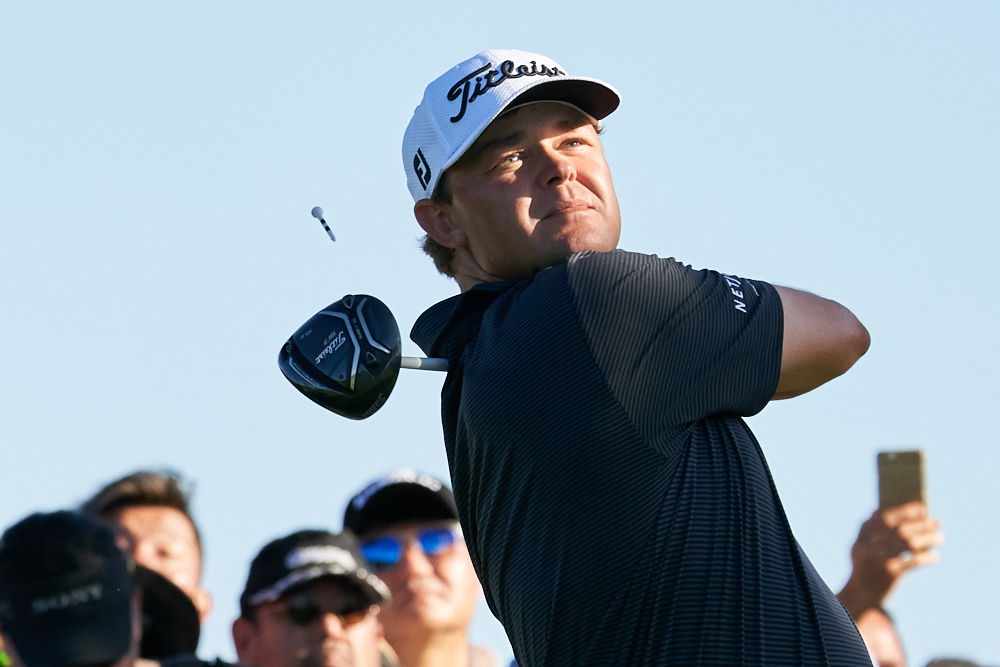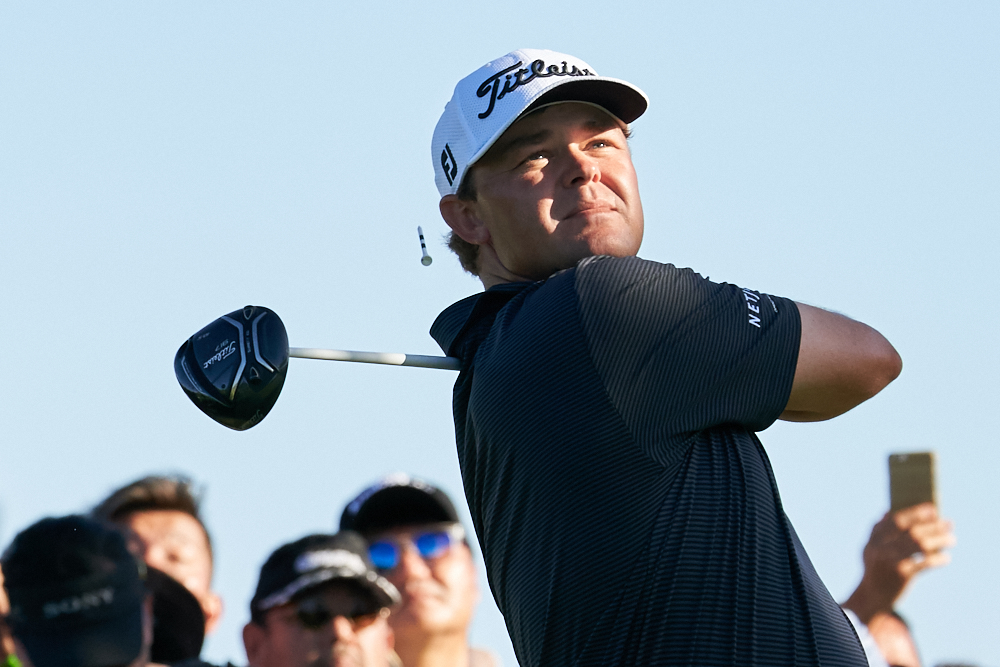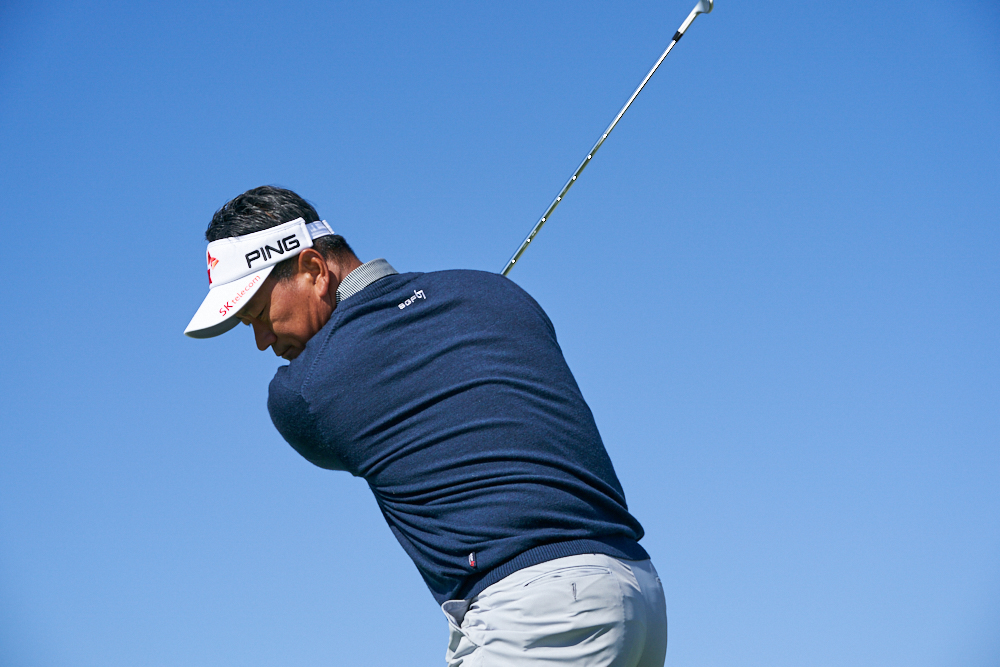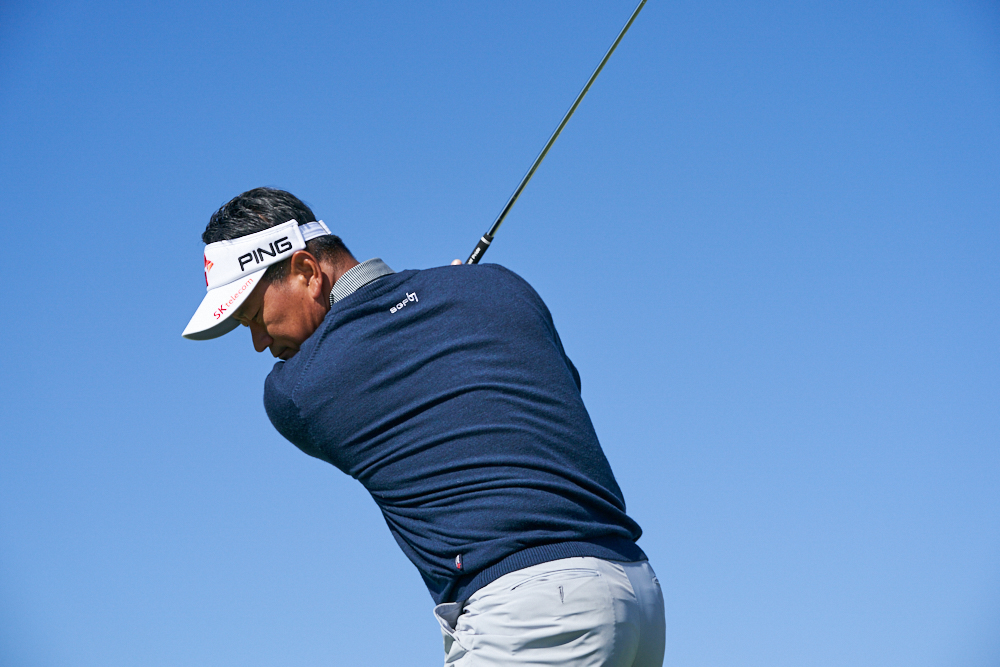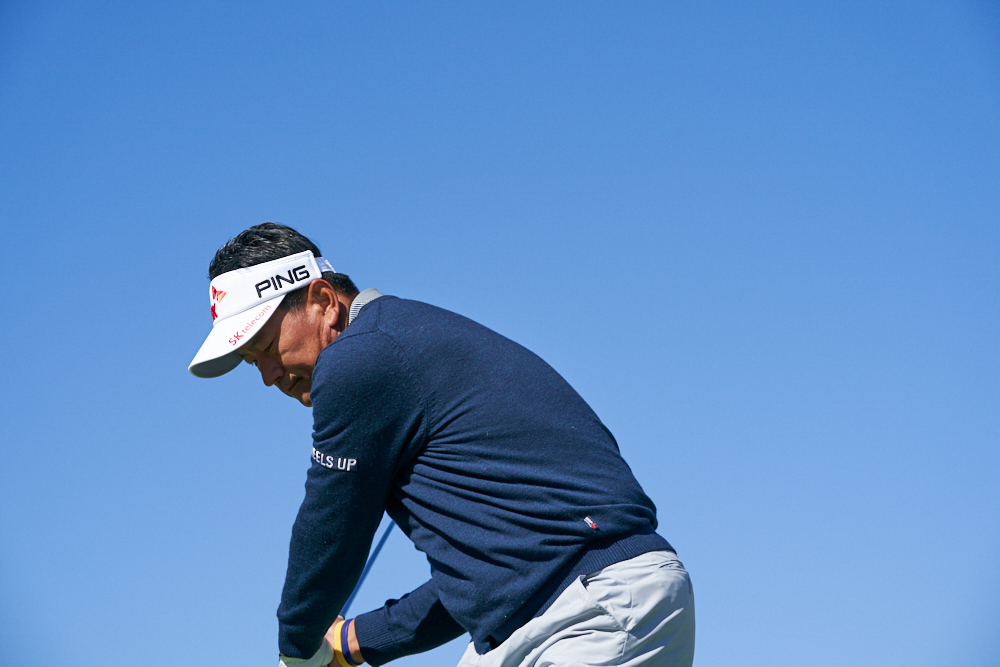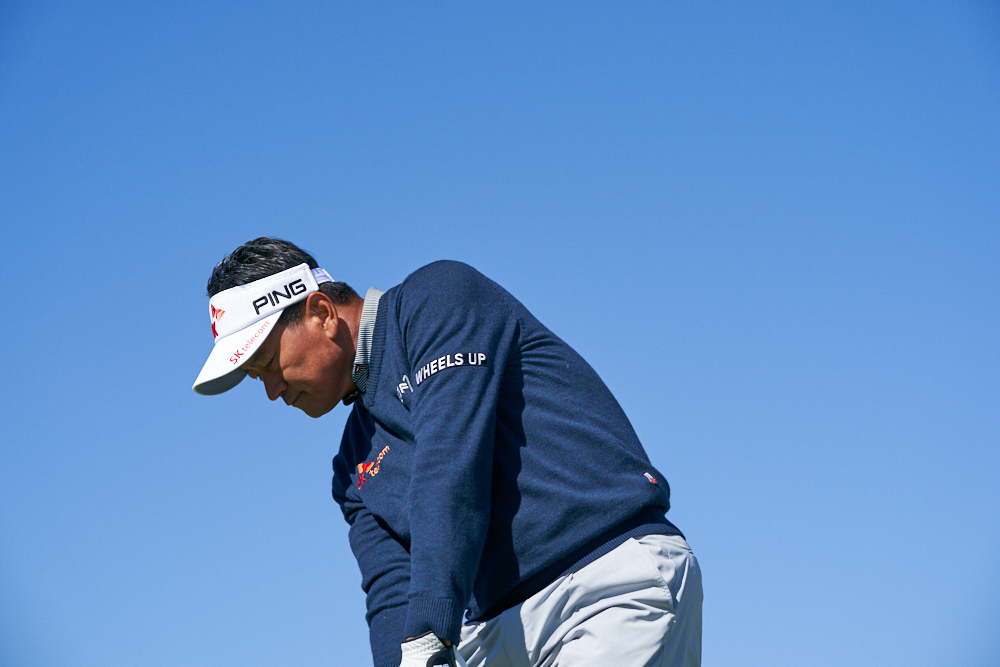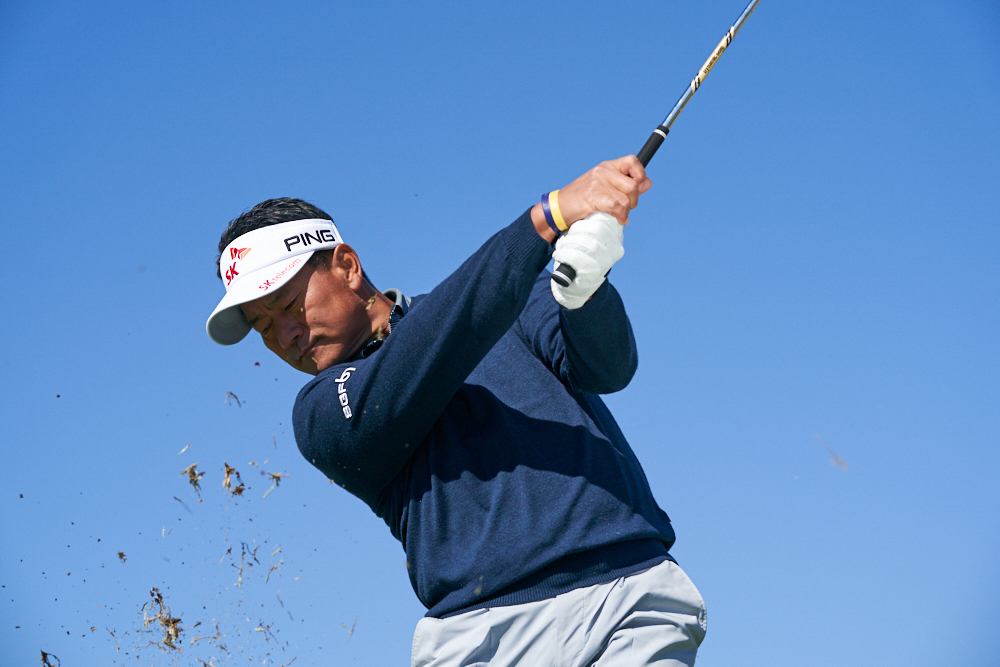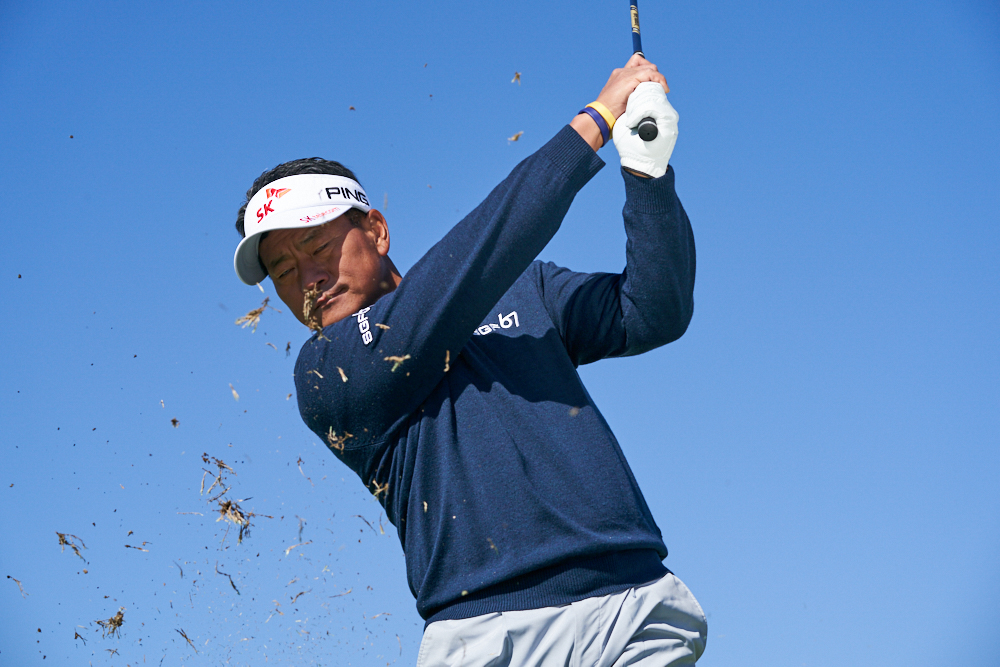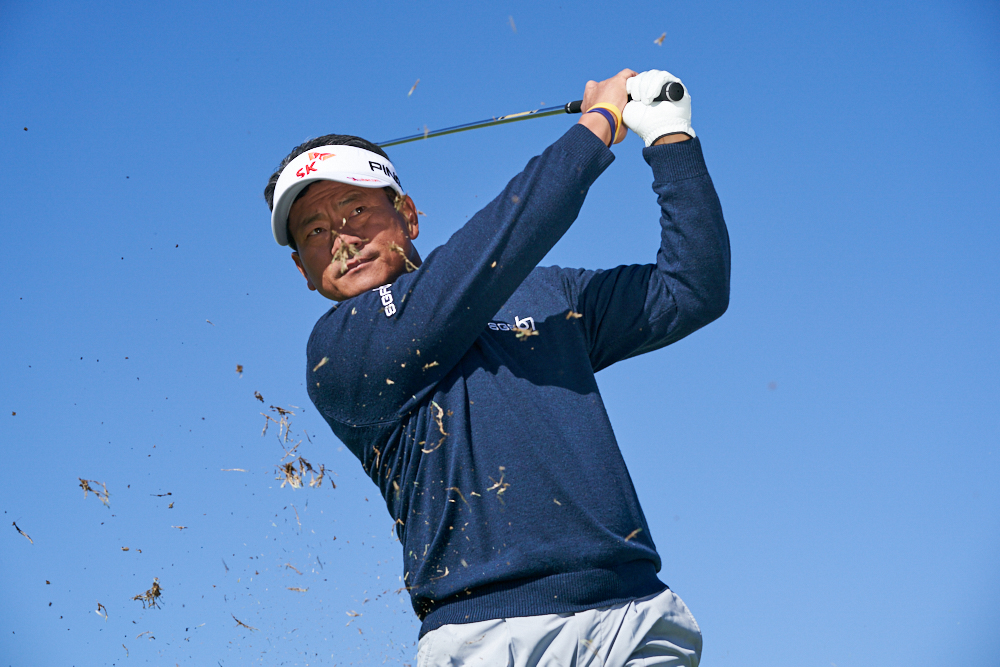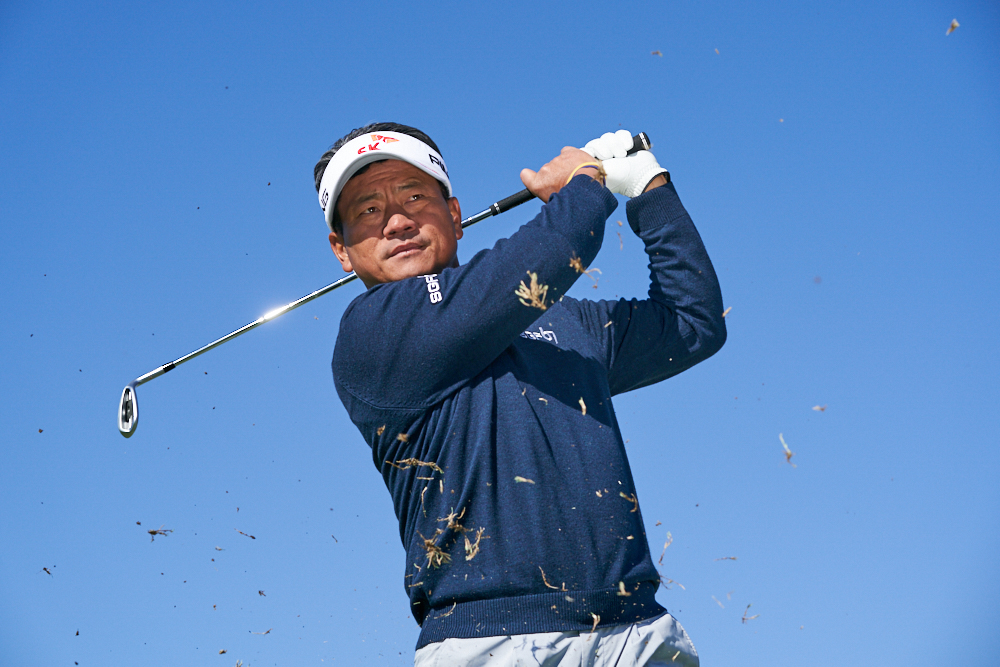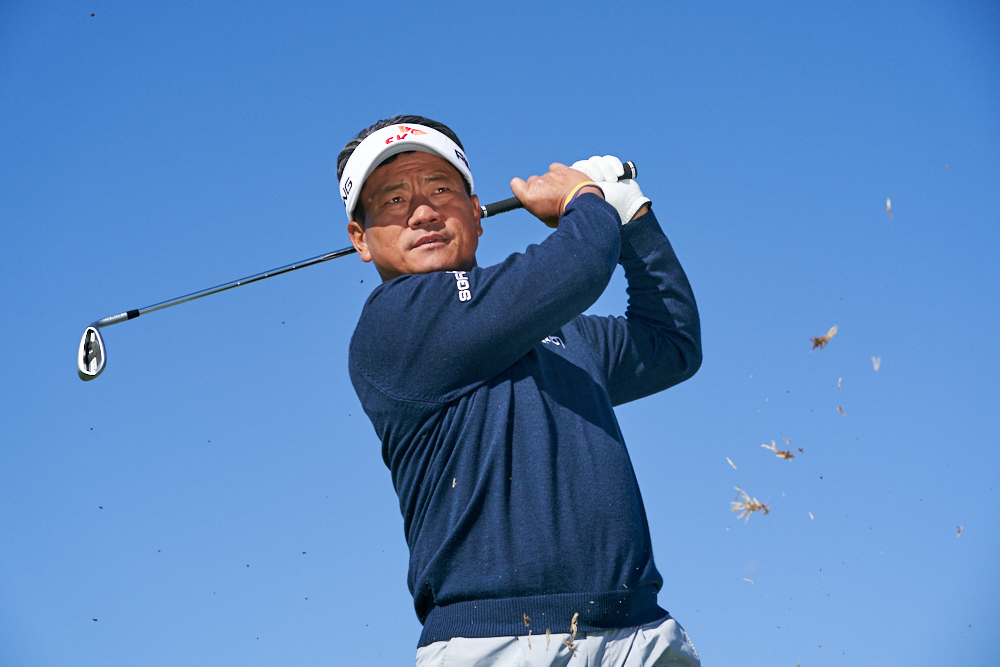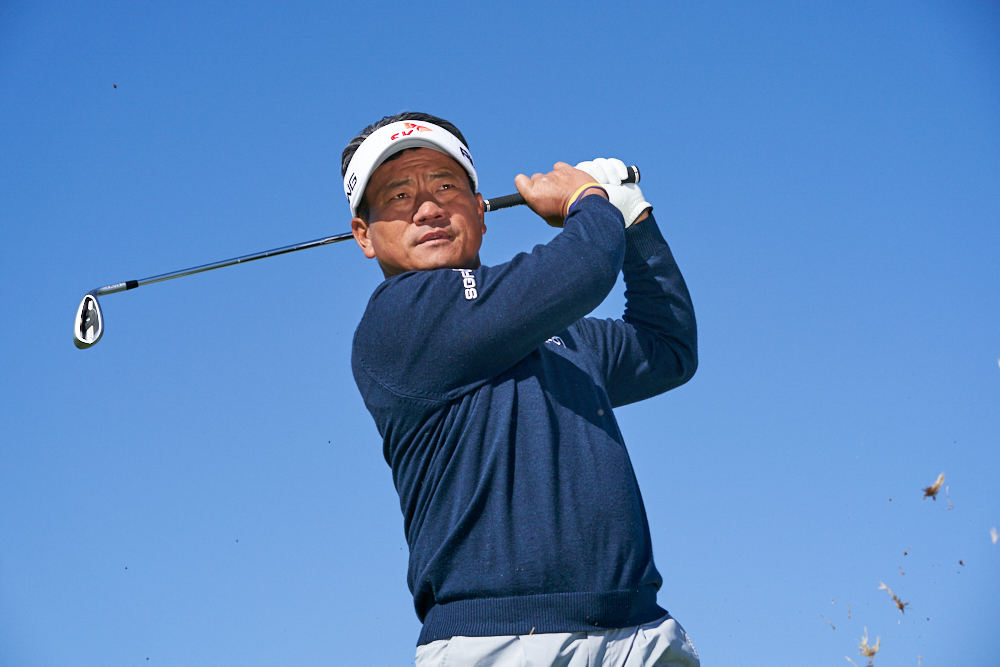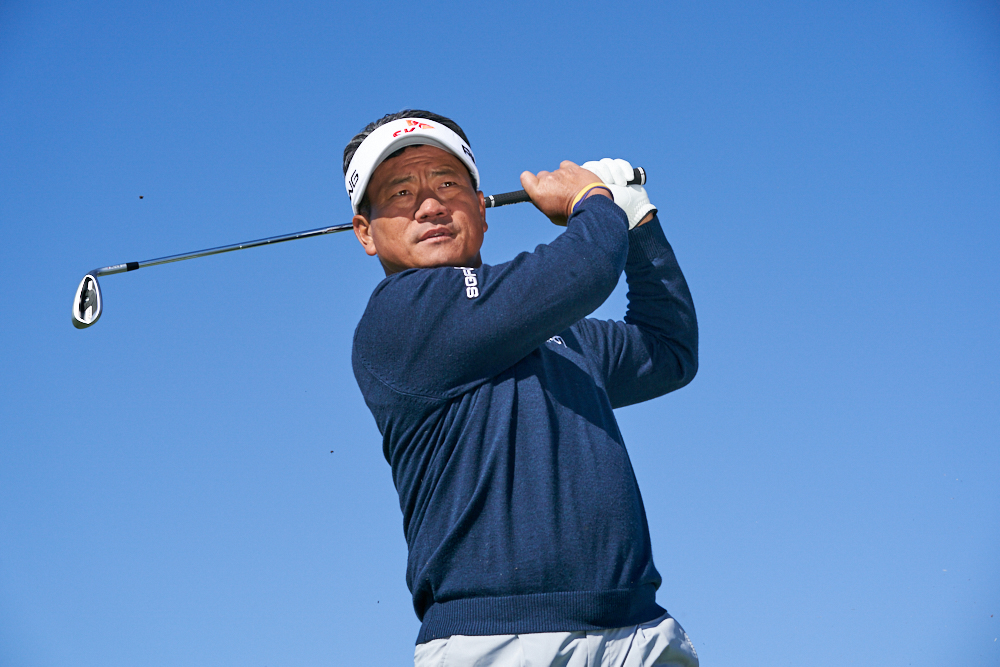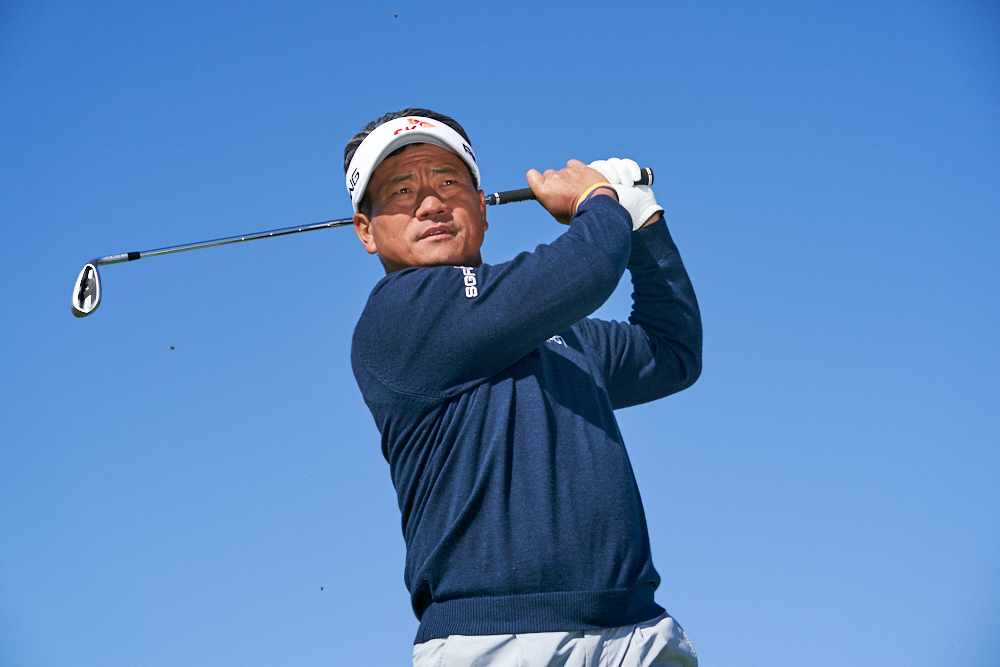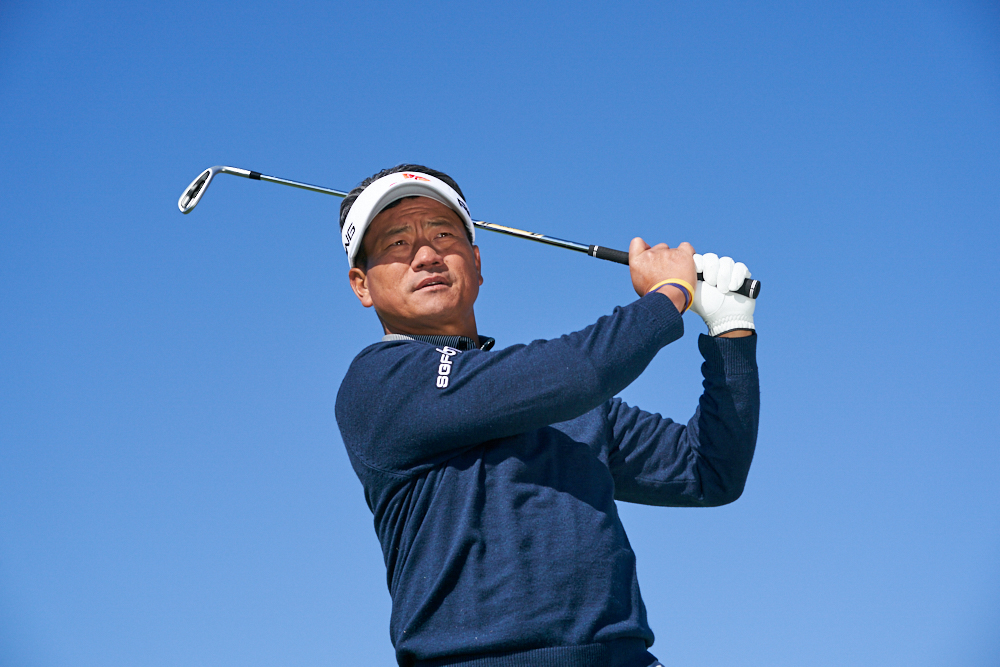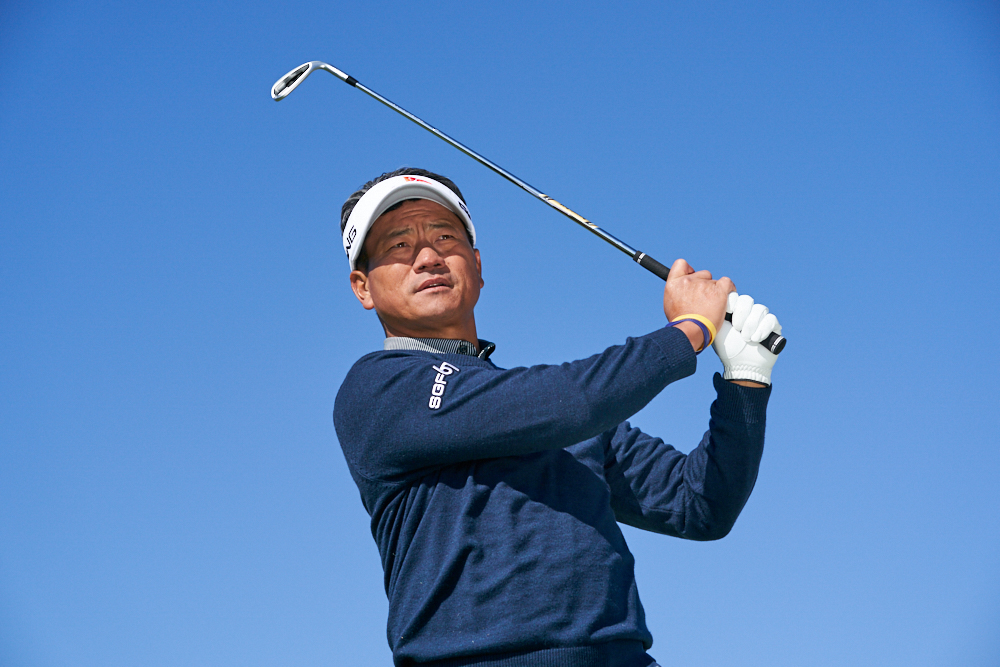Golf and That 20 Frames-Per-Second Thing

20 frames per second. Unheard of, right? Physically impossible in a Full-frame 35mm camera, right? Back in the days of film cameras, this used to be the rarified air of the specially modified Canon F-1's and Nikon F3's and Hulchers that graced the shelves of the Sports Illustrated equipment stock room long ago.* And it hasn't been achieved since. But the Sony A9 has changed all that. Is that a good thing? Of course it is. But...
When shooting golf, you wouldn't be wrong to jump at the chance to flip the A9's dial to "H" and head off to the races, visions of full swing sequences and golf balls flying off club faces dancing in your head. But consider a mathematical argument for a moment.
20 frames per second with a 1/1000th/sec (let’s be conservative) shutter speed means you are effectively shooting 20 .001 second-long “moments” every second. That also means you’re missing 980 .001 second-long “moments” every second. And when you consider the fact that your average golf ball spends somewhere in the area of .000468 seconds** on the clubface of a driver, well, that’s a lot of missed moments.
Or, look at it this way: for every “moment” you shoot in a one second span with a 20 fps motor drive, there are 49 of those "moments" in between shots that you’re missing.
Yes, 20 fps is a great thing. But it's not the answer to all the problems of a sports photographer. Like anything else when it comes to your equipment, that high-speed setting is a tool. A very useful, tool, mind you. The key to the high frame rate setting is to know when to use it, and when to shut it off. Timing is still the key.
Where the A9's high-speed setting shines (at least for golf) is in its ability to provide multiple options and increase your odds. If you can discipline yourself to only use it in situations where it can help you with that, you'll be in great shape. Have a look at the sequence below of Patton Kizzire on his way to winning the 2018 Sony Open in Hawaii. On the 18th tee on Sunday, he stepped into what could be a patch of beautiful, late-afternoon light--that is, provided that his follow through brought his head into the right position to bring his face out from under the shadow of his hat brim and pop catchlights into both eyes. I've started the sequence where that hasn't happened yet, just to give you an idea of what I mean. But it's what happens next that's the important thing...
As you can see, he does indeed move into the light. In the second frame, the eyes light up--exactly what I was looking/hoping for. Now, if I were using a DSLR I'd actually be waiting for this moment, trying to time it perfectly at at the 7- or 8- fps rate I'd normally get. And if I were lucky, I might get 2 frames that worked. Instead, at 20 fps, I now have the tee and clubhead in 5 different spots to choose from. This is where 20fps makes the difference--not in helping your timing, and not in helping your composition or thought process--all of that you still need to do yourself. But once you've done that work, you--and your editor--now have a lot more options to choose from.
Zach Johnson, 2018 Sony Open
But this is not the case every time. How about a shot like this? I don't know about you, but I don't need to be looking at 20 or 40 of these every time someone lines up a putt.
I could never understand the predilection of many photographers, when confronted with a shot like this and a DSLR camera, to let fly a 5- or 10-frame burst of a player just sqautting down, immobile. Not only does it provide 5 or 10 in-camera dupes, but it also disturbs the hell out of the player (looking at you, Mr. Spieth and Ms. Kerr...).
Of course the silent mode on the A9 (that's a whole other post, and don't worry, it's coming...) eliminates that problem, but it also lets those photographers who would shoot off 5 or 10 firecrackers while the golfer is trying to concentrate on his/her putt to now reel off 20-40 surreptitious frames of this, too. Come to think of it, I think I need to start researching some hard-drive manufacturers' stocks...
Now, have a look at these pictures of golfer KJ Choi, made while shooting stills on a video set, to illustrate exactly how much you’re missing—and how much you’re overshooting as well--at 20 fps. It’s a 20-frame burst, so theoretically one second’s worth of shooting. Keep in mind that this is at full speed, so look, for example, at how far the club travels between frames 4 and 5. Out of all of these, I think I can pick out two—maybe three—frames that are worth keeping.
Most of those frames? Worthless due to club or body position. Or near duplicates. But a couple work:
So go ahead, flip that switch. But flip it off, too--because you're also inviting a whole lot of trouble into your day if you don't go about it the right way. To wit:
- Your days just got longer. If you typically shot, say, 1000 frames during a full day of golf and you leave your camera on high all day, you'll probably wind up shooting about 5,000. Think about how long it takes you to ingest and edit "only" a thousand files. See where this is headed? This may not cost you anything in cash--but how much is your time worth after spending 12 hours on the golf course?
- If you're fortunate enough to have an editor working with your raw take, your editor's days just got longer. See above. You might not be fortunate to have an editor for much longer afterward. This will cost you, as well; at the very least, you're going to be on the hook for a nice bottle of single-malt after putting somebody through that.
- Your investment in hard drive space just got a lot bigger. While it all may seem like just a bunch of 1's and 0's, the numbers add up--and they add up really quickly at 20 frames per second. A single raw file straight out of the camera from an A9 is 25mb. Which means a 1-second burst takes up 500mb of disk space. Which means that, if you insist on leaving that sucker set to "H" all day long, your memory cards, laptop hard drive, traveling back-up hard drive, mass storage device back at the office, and secondary backup will all have to get much larger. And that costs money.
My conclusion? Of course 20 fps is a good thing. But 20 fps will NOT miraculously make you a better photographer. What it will do, however, is help you do your job better--but only after all of your planning, preparation, and talent is taken into account. And only if you use it judiciously, and treat it as a tool to be utilized when warranted, and put aside when not. If you don’t, get ready to spend a lot more time editing, a lot more money on storage, and a lot more time begging your editors for forgiveness!
*Back when there was a Sports Illustrated equipment stock room, long ago.
**ROBERTS, J.R., JONES, R. and ROTHBERG, S., 2001. Measurement of contact time in short duration sports ball impacts: an experimental method and correlation with the perceptions of elite golfers. Sports Engineering, 4 (4), pp. 191 - 203.




